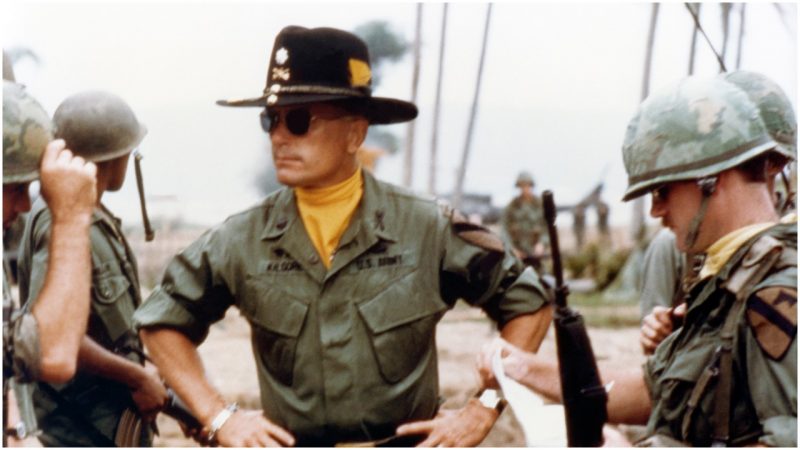Apocalypse Now is, undisputedly, a timeless masterpiece. But the making of it was an apocalypse of its own. Everyone who put their heart and mind into the movie barely kept their sanity. “My film is not about Vietnam. My film is Vietnam,” said Coppola at the press conference in Cannes, in 1979, where the film premiered.
The making of the film was a project that seemed doomed from the beginning. It interpreted Joseph Conrad’s Heart of Darkness through the Vietnam War and in March 1976, the whole crew moved to the Philippines for the jungle setting and cheap labor. The initial plan was for them to remain there no more than five months, but the shoot took over a year-and-a-half. By then, most of the members of the crew were affected by the madness in one way or another.
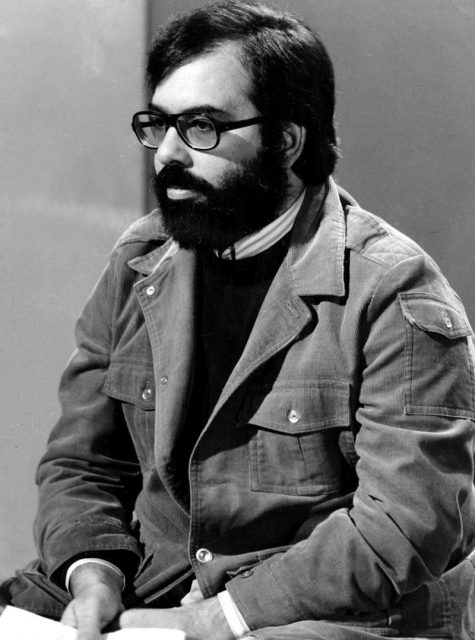
“There were too many of us, we had access to too much equipment, too much money, and little by little we went insane.” – says Coppola in the documentary about the making of Apocalypse Now. The documentary Hearts of Darkness: A Filmmaker Apocalypse, was made by Francis’ wife, Eleanor Coppola. She remained by his side throughout the whole period, chronicling the production process.
In the documentary, Francis says: “My greatest fear is to make a shi**y, pompous film. And I’m making it!”
First, only two months into the shoot, a typhoon destroyed the sets forcing a production delay while they were reconstructed. At the same time, the crew partied as hard as they worked, with various substances being freely passed around.
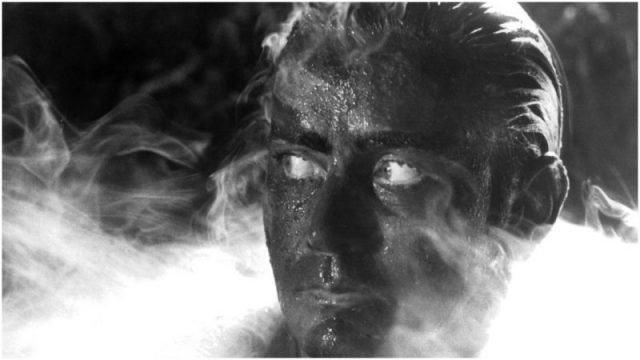
Another thing was that the Philippines was a politically unstable country and the Philippine air force kept repossessing its helicopters. In one case they took their helicopters just moments before a scene was about to be shot, to go and fight their real communist insurgents.
Then, Coppola had serious disputes with his actors who just didn’t seem to fit in their roles. Martin Sheen was neither the first nor the second choice for the role of Captain Benjamin L. Willard. As a matter of fact, he wasn’t even on the list that included Steve McQueen, Jack Nicholson, James Caan, Tommy Lee Jones, Al Pacino, and Marlon Brando.
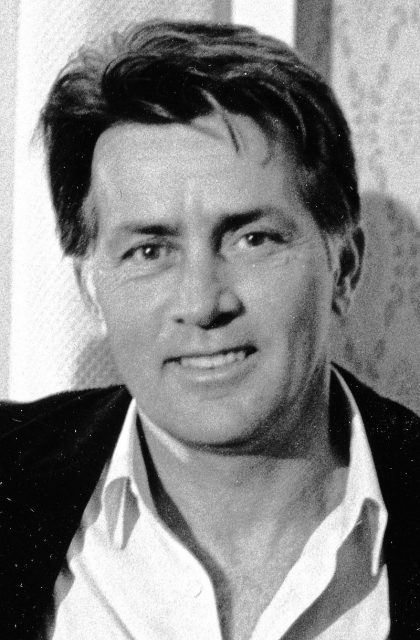
It was Harvey Keitel who first went to the Philippines to portray Captain Willard. However, Coppola didn’t like the portrayal and went back to California to cast a different actor. He found Martin Sheen, who joined the tropical madness.
It was Sheen’s 36th birthday when he got into the character of Captain Willard awaiting orders in a Saigon hotel room. The actor moved snakelike around the room in bikini briefs, performing karate moves, when he caught sight of himself in a mirror. Repelled by the vision, he smashed the glass. As his hand gushed, he smeared the blood over his face and body. And Coppola just kept the camera rolling.
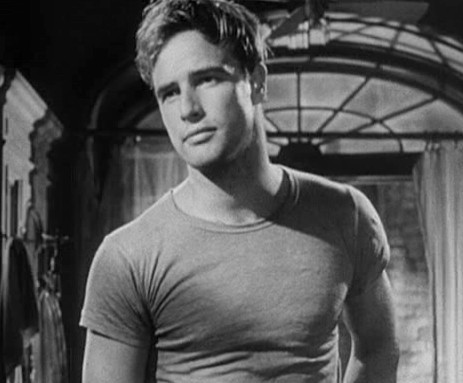
The whole scene was improvisational insanity and sobriety was definitely not part of it. In 2001, Sheen told the Guardian: “I was swacked. Couldn’t stand up.” But, as Eleanor recounted in her 2008 memoir Notes on a Life: “Francis said his impulse was to cut the scene and call the nurse, but Marty was doing the scene. He had gotten to the place where some part of him and Willard merged.”
And then, another problem showed up – Marlon Brando. The actor arrived on set unexpectedly and massively overweight. He was cast as Walter Kurtz, the main character who shows up on screen for a total of fifteen minutes. For that, Brando got a handsome $3.5 million paycheck.
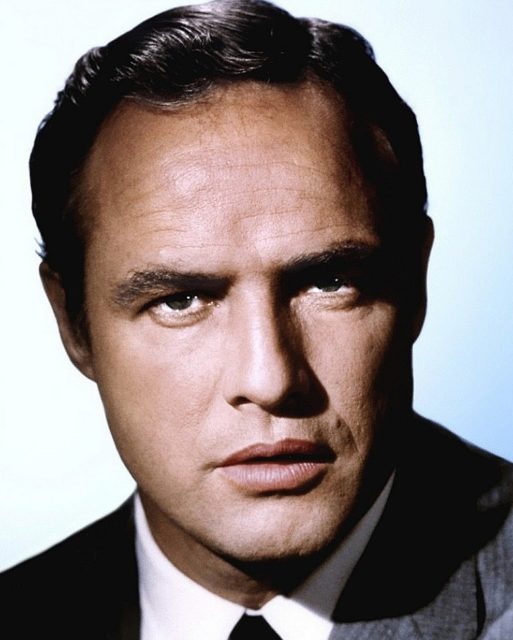
Brando hadn’t even read the script and all he was interested in was his paycheck. He didn’t even show up on set for the first four days when he was scheduled. Instead, he chased Coppola around, talking about random topics, intentionally interrupting everyone’s working processes.
Watch 8 things you probably didn’t know about the Vietnam war:
When the director finally got Brando on the subject of his role, the actor rejected all his ideas, including the suggestion that he should play as a bald man, just as Kurtz in the book. Brando said that he’d sleep on it and the next day, he showed up with a shaved head telling Coppola that he had finally read Heart of Darkness.
However, the troubles didn’t end there. Coppola, who had invested millions of his own money and eventually had to mortgage his home and vineyards, suffered an epileptic seizure and possibly a nervous breakdown, threatening to take his own life several times.
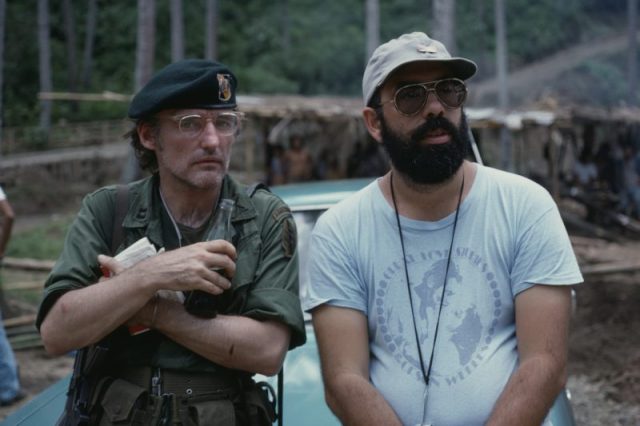
He improvised several endings for the movie but didn’t like any and in March 1977, he brought the crew back to the Philippines to resume shooting. This return trip almost killed Sheen who, after feeling bad, was taken to the hospital where it was determined that he suffered both a heart attack and a nervous breakdown.
A priest was called. Luckily, his condition stabilized — however, his mental health crumbled. He later said: “I completely fell apart. My spirit was exposed. I cried and cried. I turned completely gray – my eyes, my beard – all gray.”
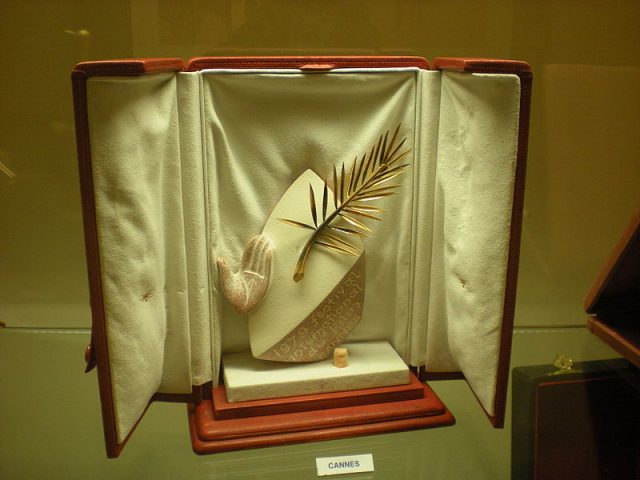
Although Sheen returned to the set and finished filming, he struggled to recover from the ordeal. After the movie, he sank into depression, separated from his wife, drank heavily, and landed in jail after trying to beat up a policeman. Coppola was called to bail out his star.
Years later he told Rolling Stone: “I have a lot of mixed feelings about Francis. The thing I love about him most is that he never, like a good general, asked you to do anything he wouldn’t do. He was right there with us, lived there in the [expletive] and mud up to his [expletive], suffered the same diseases, ate the same food. I don’t think he realizes how tough he is to work for.”
But, by 1979, Sheen managed to get out of that dark place. He found a remedy in religion and exercising. He also stopped drinking and returned to his work.
